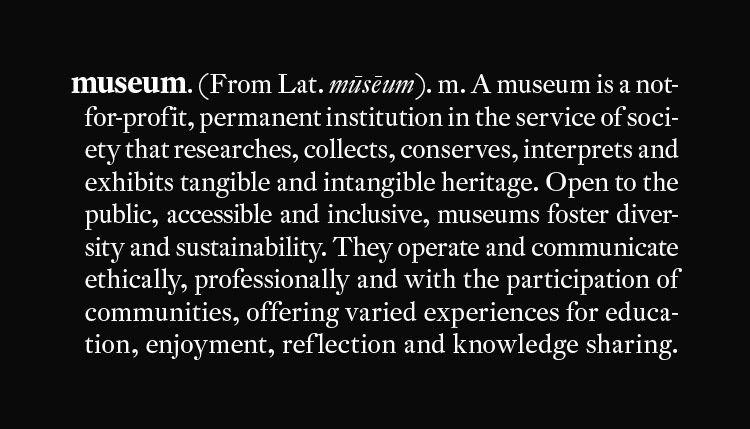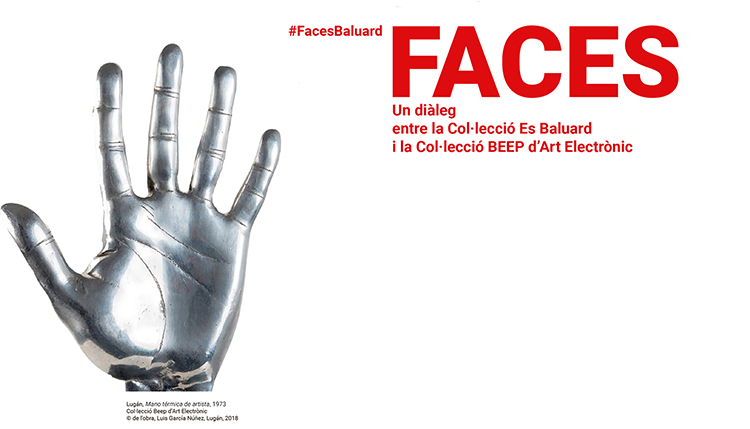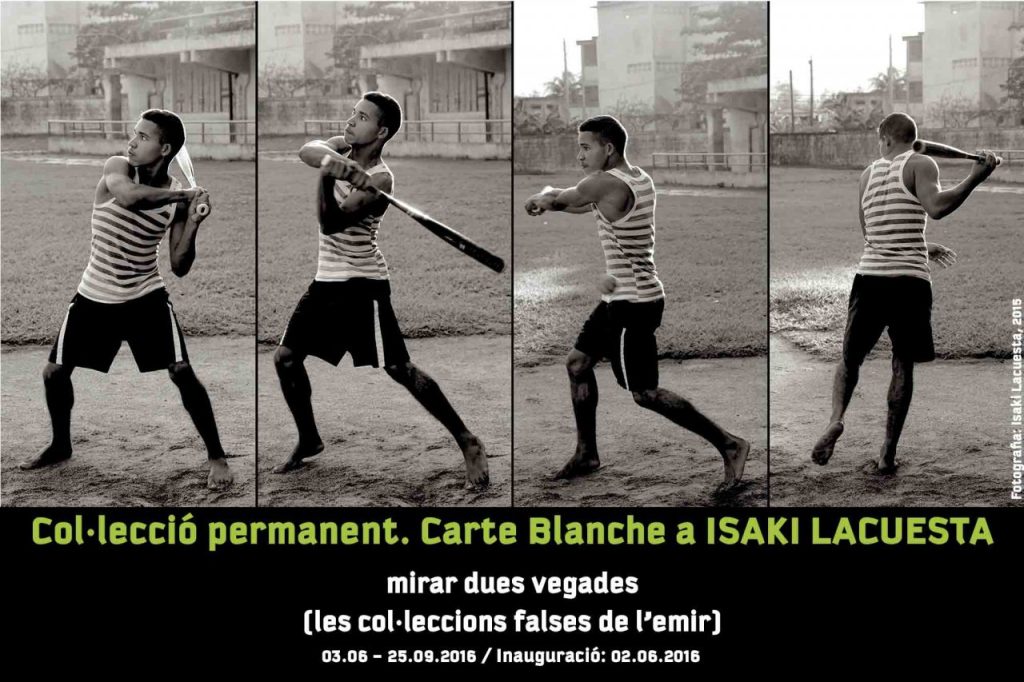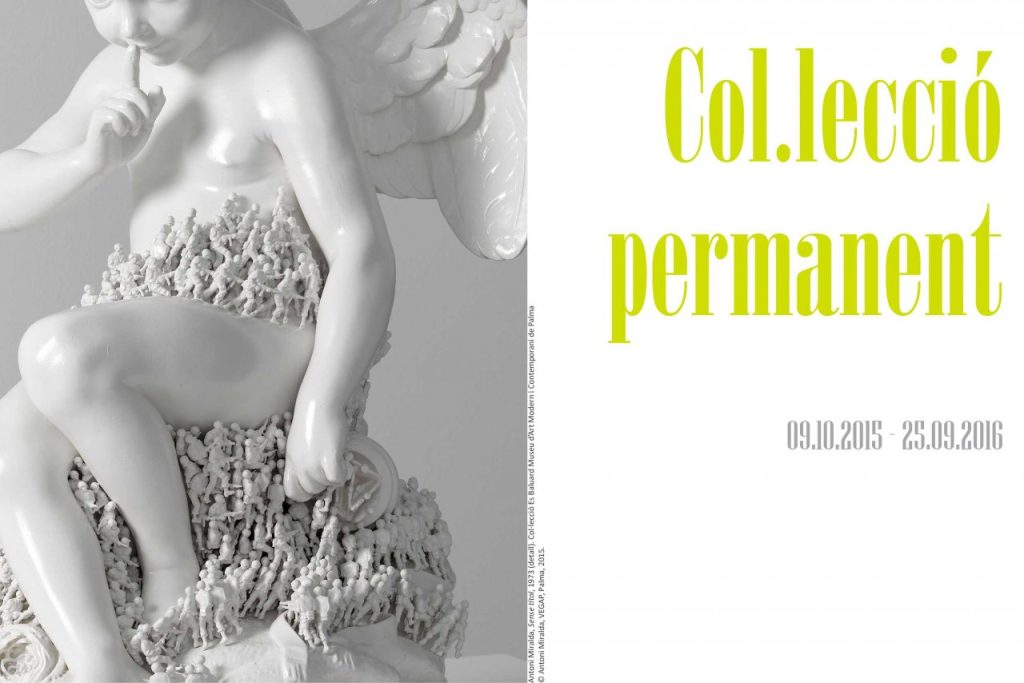
- Artist:
- Antoni Miralda
- Date:
- 1973
- Technique:
- Treated plaster
- Dimensions:
- 92 x 57 x 52,5 cm
- Origin:
- Es Baluard Museu d'Art Contemporani de Palma
- Registration number:
- 749
- Exposed:
- No
This sculptural piece is representative of some of the most significant characteristics of the work of Antoni Miralda, such as those in which he uses elements from popular and mass culture and Appropriationism. In it, we can see an army of toy soldiers climbing up a classic figure of Cupid, re-appropriated by the artist and not produced by him. It is a replica of Falconet’s Menacing Cupid (1758), which was donated to him by the Louvre. The soldiers, too, have been used recurrently by the artist since 1967, and throughout his long career he has been deeply concerned with the question of war and violence. In his creations, we find pacifist pleas and parodies of mythologies of violence through elements like tin soldiers. His interest in denouncing violence is the result of his own personal experience, as the artist was a recruit in the Spanish army, a period when he experienced a suffocating atmosphere which he would always feel the need to decry.
Another of the great themes of his artistic career – partly because of his relationship with the gastronome Montse Guillén – is the ephemeral art of food and the creation of the Food Cultura Museum project in 2003, a huge archive related to food. In short, Miralda is an artist without prejudices, bold and fearless in mobilising for controversial issues. The concept of the work as a process is extremely important in his artistic production. Many of his projects are only documented in photographs, videos and films.
I.A.
A multidisciplinary artist who lives between Miami and Barcelona, after having resided in Paris and New York. The creator of drawings, photographs, films, photographic montages, monument-sculptures, installations or public interventions, his first works from the ‘sixties became pacifist statements, parodies of the mythologies on violence using elements such as tin soldiers, with the aim of denouncing the suffocating atmosphere he had to endure when he was recruited by the Spanish army. In spite of all this, and as a result of his relationship with gastronomist Montse Guillén, nearly all of his artistic career has centred on research into ephemeral art and the creation in 2003 of the FoodCulturaMuseum project, a huge archive related to food.
An artist who is without prejudice, bold, unafraid to touch delicate subject matters, the concept of the work and the process are extremely important in his career. Many of his projects are only documented in photographs, videos and films. He defends the culture of the masses as opposed to high culture and takes particular interest in the mass culture spectacle.
Museums and art centres all over the world have exhibited his work and housed his projects: Institute of Contemporary Arts, London (1966), Musée d’art moderne, Paris (1969), Museum of Contemporary Crafts, New York (1972), Centre Pompidou, Paris (1975), Documenta 6, Kassel (1977), Palazzo Grassi, Venice (1978), Museo del Barrio, New York (1984), Fundació Joan Miró, Barcelona (1988), 44th Venice Biennial, Spanish Pavillion (1990), Centre de Cultura “Sa Nostra”, Palma (1994), Fundació “la Caixa”, Barcelona (1995), Institut Valencià d’Art Modern, Valencia (1996), Museu d’Art Contemporani de Barcelona (1996), Art Basel Miami Beach (2003), Museo de Bellas Artes de Caracas (2004), 27th São Paulo Biennial (2006), Artium de Álava, Vitoria (2008), Es Baluard Museu d’Art Modern i Contemporani de Palma (2009), Museo Nacional Centro de Arte Reina Sofía, Madrid (2010), among others. He is represented in the collections of the Museu d’Art Contemporani de Barcelona, the Collection Centre national des arts plastiques- Ministère de la culture et de la communication, Paris, the Museo Nacional Centro de Arte Reina Sofía, Madrid and Artium de Álava, Vitoria, and more.
E.B.



